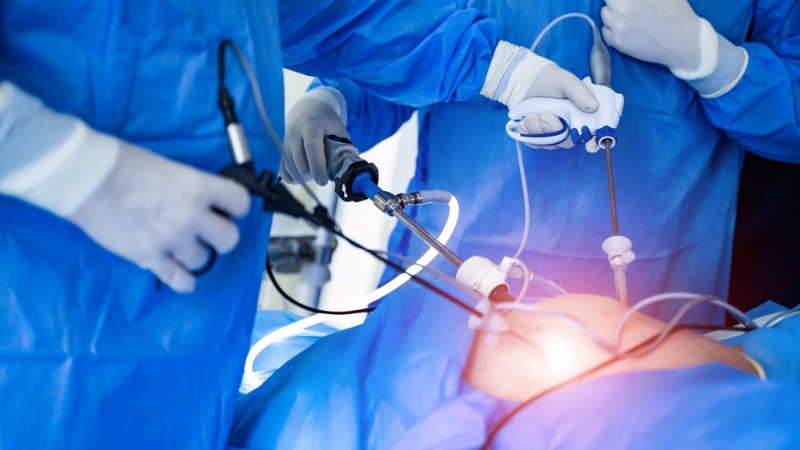Laparoscopic Procedures"Minimally Invasive Innovations for Precision Surgery."

We are experts at Laparoscopic Procedures at our medical center, providing cutting edge minimally invasive surgical procedures for a variety of diseases. Acknowledging the advantages of minimally invasive methods, our surgeries are engineered for accuracy, expedited recuperation, and enhanced patient results. This section will discuss the importance of laparoscopic procedures, the conditions they treat, possible risks, and the unique qualities that set us apart as a leading supplier of first-rate general surgical services.
What Are Laparoscopic Procedures?
Small incisions and a laparoscope with a camera are used during laparoscopic procedures, sometimes referred to as minimally invasive surgeries, to perform a variety of surgeries inside the abdominal or pelvic cavities. This method has various advantages, such as less scarring, a speedier recovery period, and less pain following surgery.
Why Are Laparoscopic Procedures Necessary?
- Minimized Invasiveness: Laparoscopic techniques, which offer a less invasive alternative to open surgeries with smaller incisions, are required to reduce the invasiveness of surgeries.
- Quicker Recovery: Laparoscopic operations are advantageous to patients because they frequently lead to a shorter recovery period than open surgeries, enabling a quicker return to normal activities.
Possible Risks:
Although they are uncommon, laparoscopic operations have some possible dangers, including as bleeding, infection, harm to neighboring organs, and the need for open surgery in the event of difficulties. To reduce these dangers, surgeons use preventative measures.
Treatment Steps in Laparoscopic Procedures:
- Pre-operative Assessment: Pre-operative consultations involve an assessment of the patient's health, medical history, and readiness for laparoscopic surgery.
- Procedure Planning: Creation of a thorough strategy that takes into account the patient's diagnosis and surgical needs for the particular laparoscopic surgery.
- Anesthesia Administration: Putting the patient under anesthetic to make sure they are pain-free and comfortable during the laparoscopic procedure.
- Incision and Trocar Placement: Making tiny cuts so that trocars, or tubular instruments, can enter the abdominal cavity and be used to introduce the laparoscope and other surgical tools.
- Surgery Execution: Addressing the targeted disease, whether it calls for removal, repair, or other interventions, by performing the operation with the laparoscope and specialized instruments.
- Closure of Incisions: Using adhesive strips or sutures to close the tiny incisions, reducing scarring and encouraging quicker recovery.
- Post-operative Care: Keeping an eye on the patient's recuperation, controlling any pain following surgery, and giving directions for the best possible healing.
- Follow-up Appointments: Arranged follow-up visits to evaluate the patient's healing process, handle any issues, and, if required, talk about long-term care.
Our laparoscopic procedures put the health of the patient first by using cutting-edge methods that reduce invasiveness and speed up recovery. High-quality laparoscopic care is the focus of our skilled surgical team, who are committed to safety and the best possible results. Our medical staff is here to help you with any questions or requests you may have regarding laparoscopic treatments.
Top Asked Questions and Answers:
FAQ (Frequently Asked Questions):
+91-9144411108
Emergency Cases

